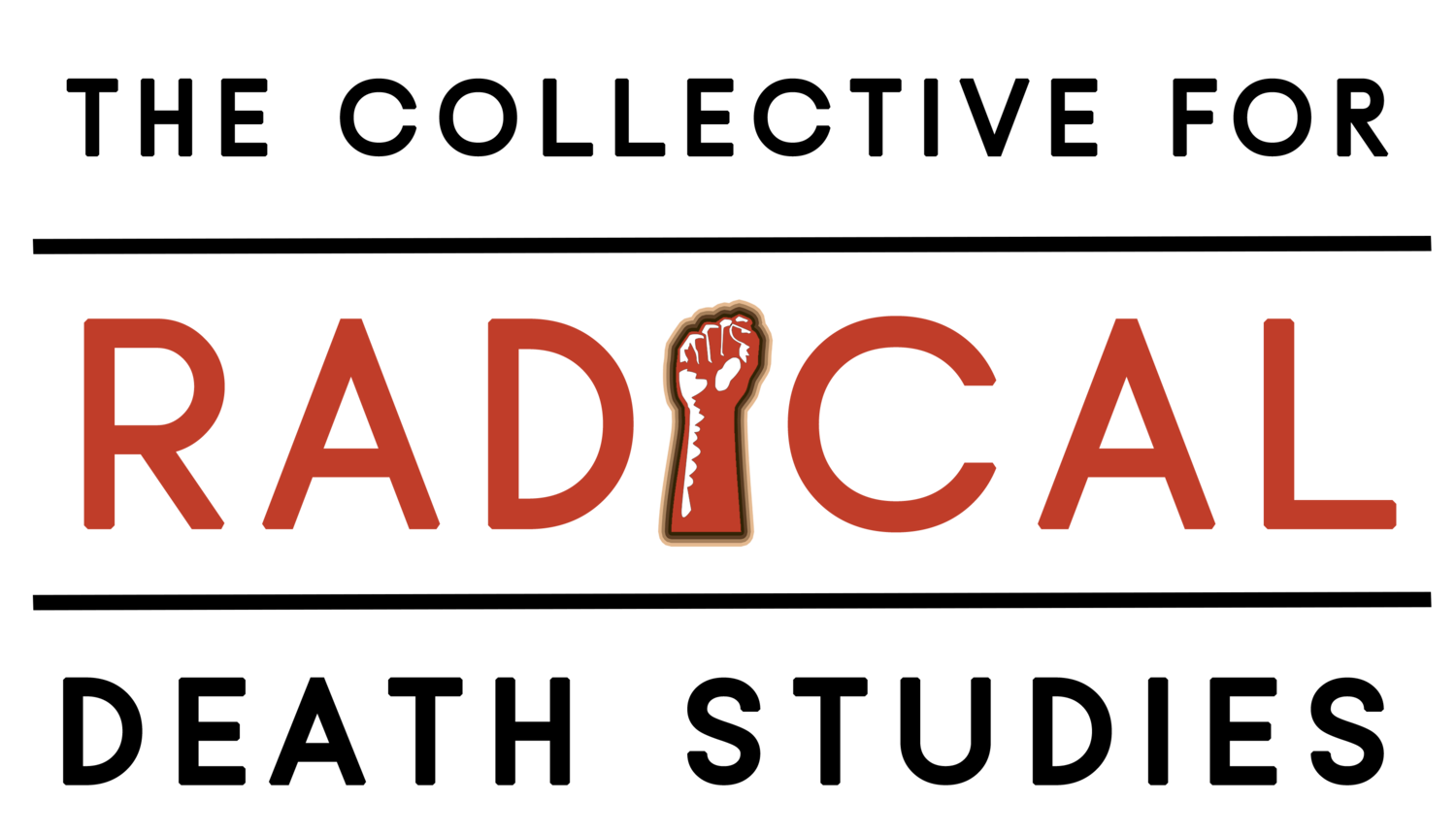Welcome to the CRDS Blog.
CRDS welcomes blog submissions based on a broad range of time and place from individuals who study a) death and dying, b) funeral and burial, c) grave sites and last resting places. Scholars within the interdisciplinary field of death studies, death work practitioners, and all who self-identify as students of cultural deathways are especially asked to submit. Whether through hands-on practice or through study, persons from around the world who have specialized knowledge, expertise, and unique ways of knowing in these areas are highly encouraged to submit.
Want to submit a blog post? Email us to pitch your idea.
Unbreakable Connections: Memorial Art & Missing and Murdered Indigenous Women, Girls and Two-Spirit People (MMIWG2S)
Where do you go to grieve when someone you love is missing? How do you mourn for someone stolen away, whose disappearance or murder has gone un- or under-reported, has not been solved, and whose murderer has gone unpunished? These questions have been faced by thousands of Indigenous people across North America during the decades-long crisis of Missing and Murdered Indigenous Women, Girls and Two Spirit people (MMIWG2S).
Field Stones, Post Holes, and Unmarked Graves: Burial Commemoration Beyond the Gravestone
The capitalist market of death and burial is nothing new for North Americans. Overpriced caskets, expensive urns, and strangely specific rules in different cemeteries add an increasingly overwhelming price tag for which individuals must deal. The commodification of death as discussed by Jessica Mitford (1963) is a practice old enough in North America to have been the subject of study for decades.
Justice for Nadia: Remembrance and Grief from Femicides in Mexico
Death is never easy. Not even in a country where millions celebrate Día de los Muertos surrounded by cheerful music and colorful decorations, as a means of remembering their deceased loved ones. For most, death is a journey of grief and sorrow that ends with resilience: “moving on” as we tend to call it.
How an Embalming License Freed Sarah Corleto from an Abusive Husband
In November 1912, Saveria Fidance Corleto (later renamed Sarah) swore in a Wilmington, Delaware court that her husband of seventeen years, Anthony Corleto had “treated her with extreme cruelty.” Saveria testified that the physical abuse started in September 1910. She went on to state that Anthony frequently hit her, knocked her down and that the beatings were so severe that they left visible marks and bruises on her body.




















